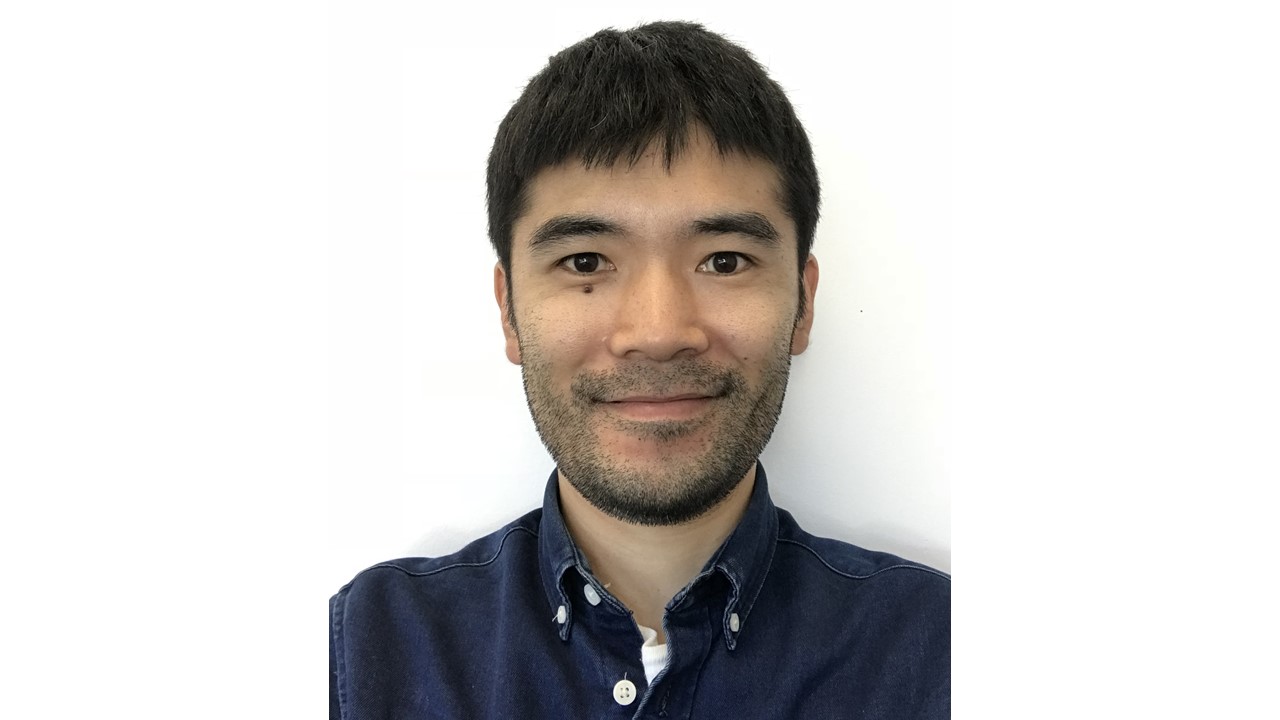PS Seminar Series: Ancient origin of envelope-containing retrotransposons in metazoan
Endogenous retroviruses (ERVs), also known as retrotransposons, essentially carry two open reading frames that code for GAG and POL. Some ERVs additionally carry a third gene called envelope (env), becoming infectious.
Speakers
Event series
Content navigation
Description

Abstract: Endogenous retroviruses (ERVs), also known as retrotransposons, essentially carry two open reading frames that code for GAG and POL. Some ERVs additionally carry a third gene called envelope (env), becoming infectious. One notable example of such infectious ERVs is Ty3/gypsy LTR retrotransposons in Drosophila. Ty3/gypsy is active in the ovarian somatic cells to infect the adjacent female germ line cells to pass on new genomic copies across the generation. A transposon defence system, the piRNA pathway, is duplicated in the soma to protect the germ line of Drosophila. Both, the infectious gypsy elements and the ovarian somatic piRNA pathway, are thought to be uniquely acquired to Drosophila species.
In silico mining of env-carrying gypsy elements revealed that they are widespread in metazoan genomes, also present in ancient animals, such as ctenophores, cnidarians and tunicates (Chary, under review). Phylogenetic and structural analyses of POL and ENV proteins showed that they have diverged together with the host species and recombined infrequently, suggesting that the ENV acquisition occurred anciently. Importantly, we found a distinct sub-structure of POL that is shared between env-carrying gypsy elements in ancient animals and vertebrate retroviruses, indicating their common ancestry.
Furthermore, small RNA sequencing and RNA fluorescent in situ hybridisation revealed that gypsy-targeting piRNAs are abundantly expressed in the somatic cells surrounding the oocytes of non-Drosophila insects, such as mosquitoes, bees and crickets (Chary et al, in preparation), indicating that the ovarian somatic tissue is an ancient habitat for endogenous retroviruses.
Biography: Hayashi is a group leader and senior lecturer at the John Curtin School of Medical Research. Hayashi earned his PhD from the University of Tokyo in 2007 before becoming a world traveller. In his first postdoc in the UK with the late Dr David Ish-Horowicz, Hayashi studied the mechanism of microtubule-dependent mRNA localisation in Drosophila oocytes and conducted an EMS mutagenesis screen, from which he unexpectedly identified a number of mutants in the piRNA pathway, the evolutionarily conserved transposon defence mechanism. Hayashi followed up these mutants and revealed key mechanisms of piRNA biosynthesis during his second postdoc in Vienna with Dr Julius Brennecke. Hayashi came to ANU in 2018 to start his own lab. He continues to study aspects of piRNA biogenesis, and recently became interested in understanding the origin of transposons and their interaction with the host defence pathways.




